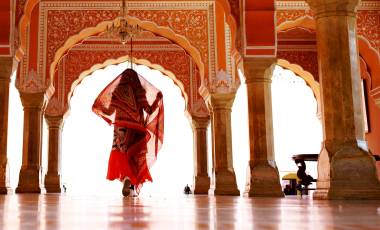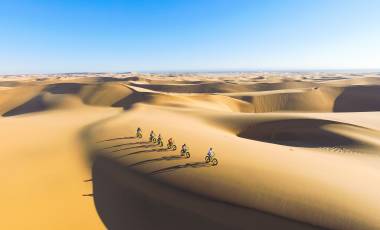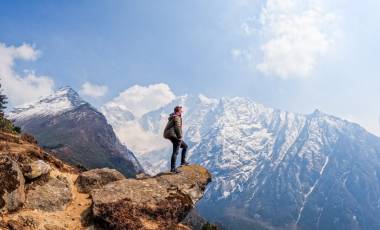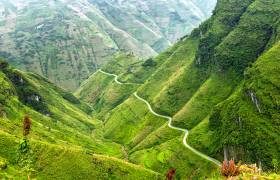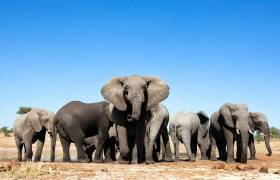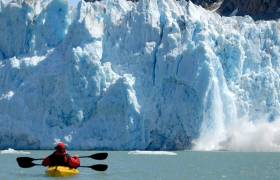Food and fitness are best studied when travelling. A bold statement I know, but it was over 10 years, through 100 countries and over 100,000 miles that I really began to understand the intricacies of training and nutrition.
Not by dwelling in gyms and libraries all around the world, but by jumping headfirst into any and every adventure thrown my way.
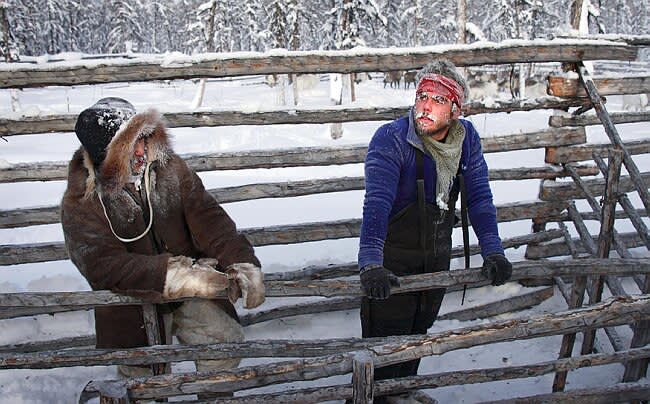 Photo Credit: Adam Wiseman
Photo Credit: Adam Wiseman
The World’s Fittest Book
From joining a team of Yamabushi monks on their 100km trek of enlightenment up Mount Sanjogatake to wrestling bulls in Andes Mounts over 5,000 meters above sea level.
Each adventure taught me something that could never be found in the squat rack or on a treadmill, which is why once I returned from my 10-year fitness pilgrimage, I condensed all I had learnt into The World’s Fittest Book and worked closely with the heroes at Exodus Travels to create a competition that provides people with the same opportunities that I had.
Keen? Well, before you pack your boots, allow me to detail the Top 5 Fitness Tips I Learnt from Around the World and why you too should begin substituting treadmills for treks.
(1) GO BAREFOOT
Running is a skill. This will sound odd to many I know, but it’s a movement pattern, so more efficiency means more speed and less energy spent over longer distances. How do I know? Well, it was something I studied at the School of Sport and Exercise Science at Loughborough University, but something I truly experienced on the sun-drenched planes of Namibia in 39°C heat whilst trekking with the San Bushmen.
This is because their ability to track and hunt animals into exhaustion had become legendary. They would run more than 50km a day, gliding across the sand with impeccable form. But what was even more impressive is they would do all of this barefoot or in a pair of homemade sandals which in turn improved the sensitivity and strength of their feet.
How? Well, not many people know our feet are one of the most nerve-rich parts of our bodies. Each foot comes loaded with over 100,000 receptors that collect information and provide valuable biofeedback to the brain to make sure we’re running efficiently. How is my technique looking? What’s the pace like? How’s my stride length? Is the ground stable or uneven? Running barefoot provides answers to all of these.
An idea supported by research from the Department of Human Evolutionary Biology at Harvard University who found, “A barefoot running style provides increased proprioception and foot strength.” Proprioception just means the body’s ability to sense movement within joints and joint position and since running barefoot improves this ability, it means a barefoot run on the beach or trek across Namibia is the perfect training tool.
(2) HANG AROUND
Gyms the world over are filled with people performing sit-up variations in their quest for a chiselled and toned stomach. But deep in the Amazon Jungle and miles away from any ab machines and the Jaminawá shaman of Brazil possessed strong, sculpted core muscles equal to any you’d find on the cover of fitness magazines.
How? They would climb, hang and jump from trees all day every day. See hanging is a lost art form and forgotten method to condition your core. This is based on research published by the American Association for Health, Physical Education and Recreation that studied muscle activation in the stomach during 10 strenuous abdominal exercises.
What they found was, “Intensity of contraction was greatest in hanging leg raise exercises” where you simply hang from a bar and raise your feet. This beat the conventional sit-up in terms of muscle activation and researchers added, “The apparently strenuous nature of hanging leg raises, which is primarily a movement of thigh rather than trunk flexion, implies that this exercise may be useful in the abdominal training of highly conditioned athletes.”
In summary, will white water rafting and zip-lining in Slovenia be fun? Yes. But will it also serve as one of the best training camps for your core too? Yes, absolutely.
(3) FITNESS & ANCIENT ART
It’s entirely possible to build strength without a gym if you understand the history of the bodyweight training (also known as callisthenics) and the Shaolin Monks. That’s because according to research published in, “The Oxford Handbook of Religion and Violence” (Mark Juergensmeyer et al, 2005) in 527 B.C the monasteries were being robbed and looted and so in an effort to defend themselves and their land the monks began training in physical combat like Kung Fu and bodyweight training.
Years later and their enduring strength has become renowned around the world as videos of one-finger push-ups circulate social media.
But what if you can’t do a Shaolin one-finger push-up or you don’t know Kung Fu? Well, there’s good news, studies show simple bodyweight training like press-ups, lunges and squats just with your own bodyweight can still provide an array of benefits compared to the easier “fixed” machines found in most gyms.
To quote research published in the Handbook of Sports Medicine and Science: Gymnastics, “An increase in skill difficulty corresponds to the demand for higher mechanical energy” meaning your muscles and joints become far better at working cohesively together.
For this exact reason, booking and embarking on an adventure to China could be key in building your strength and endurance. Be inspired by an incredible Kung Fu show in Beijing, and then take on the iconic Great Wall of China.
(4) CYCLE TO A SIX-PACK
New science reveals it’s possible to cycle your way to a six-pack. How? It’s simple, search Exodus Travels for “cycling holidays”. Find the one with the steepest gradient. Book it. Conquer it. This is because scientists in the Département de Mécanique Appliquée at the Université de Franche-Comté set out to analyse muscular activity during two pedalling postures and found that “the change of pedalling posture in uphill cycling had a significant effect on the muscle activity.”
Specifically, they discovered the influence of the “lateral sways” of the bike leads to greater activation in everything from the biceps, triceps, glutes and – most importantly – the rectus abdominis muscles that are responsible for your six-pack. They concluded this was due to the obvious increase in difficulty cycling uphill, but also because the muscles of the stomach must work harder to stabilise the pelvis once your saddle support had been removed.
In summary, holidays like the Costa Rica Coast to Coast Ride are stunning and scenic as you ride through ever-changing tropical scenery, coffee farms, volcanoes, banana plantations and rainforest. But don’t be surprised if a return home with a more toned torso than when you left.
(5) MOVE LIKE A SHERPA
The strength and endurance of Everest Sherpa is world-renowned, but what many don’t appreciate is they have a daily calorie expenditure to match. That’s because carrying extra weight up sheer cliff faces means they burn calories like a furnace. This is according to scientists from the Chaim Sheba Medical Centre who found the additional weight leads to a “Significant increase in energy (calorie) cost over time.”
The idea is supported by research published by the European Journal of Applied Physiology and Occupational Physiology, who examined the influence carrying 10kg, 20kg and 30kg of weight had on the cardiorespiratory system (heart and lungs). After measuring oxygen uptake, heart rate and pulmonary ventilation they found, “Each kilogram of extra weight increases oxygen uptake with 33.5 ml/min, heart rate with 1.1 beats/min and pulmonary ventilation with 0.6 l/min.”
What does this mean for you and your fitness? Well, you don’t have to hike up Everest to become develop superhuman Sherpa strength and stamina. Instead, simply know that carrying a backpack on your trek to Everest Base Camp could wield the above benefits.
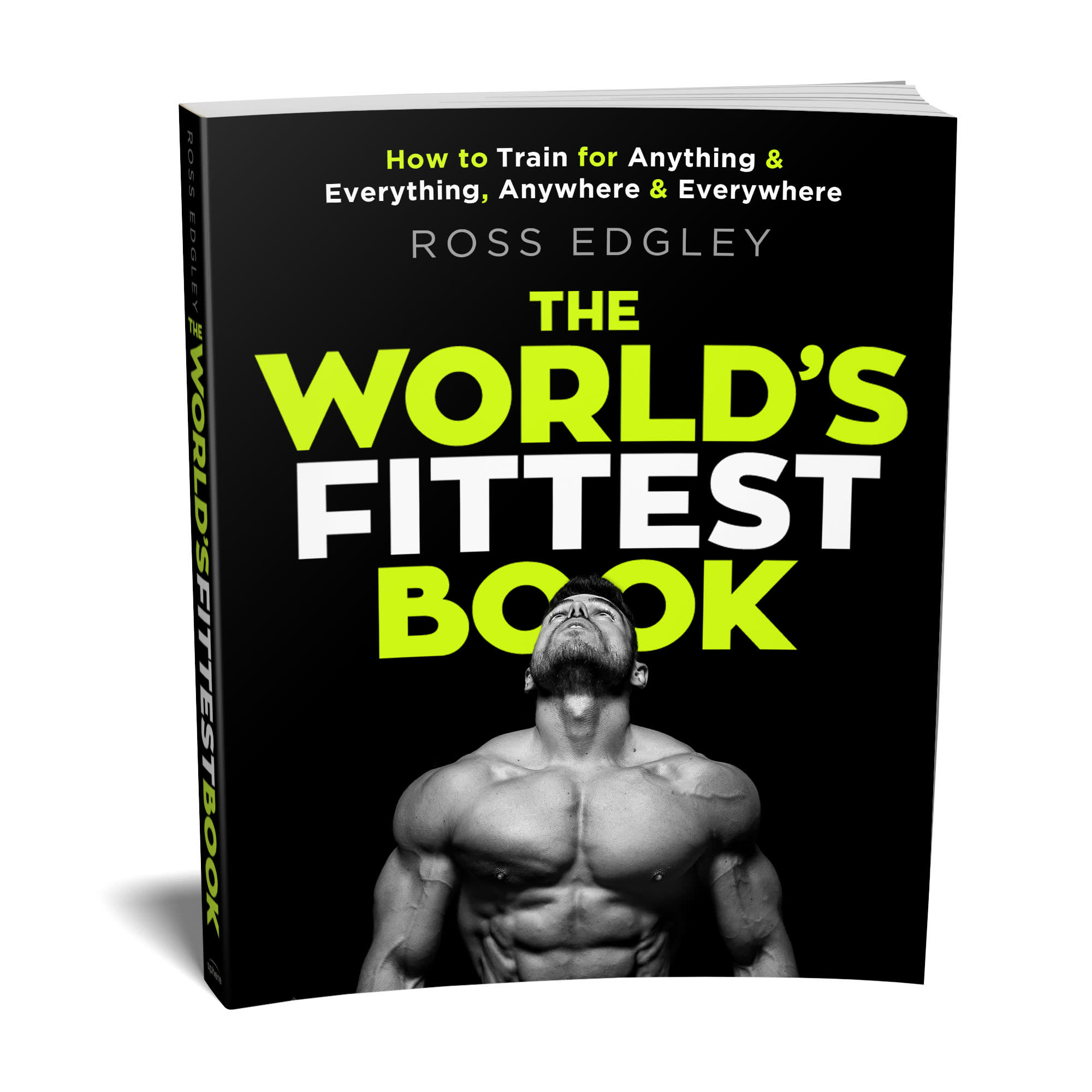
Order your copy of The World’s Fittest Book by Ross Edgley from Waterstones to find out more.
Ross Edgley is an athlete adventurer, chief sports scientist at THE PROTEIN WORKS™ and considered one of the world’s most travelled fitness experts. He specialises in pushing the boundaries of human physical potential and exploring uncharted territory in the world of sports science, fitness and nutrition and is the author of The World’s Fittest Book which is available to pre-order from Waterstones now.
Feeling inspired by Ross’ top 5 fitness tips from around the world? Browse more trips below and get into action.
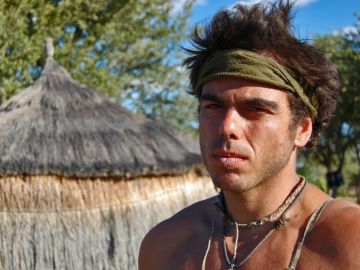
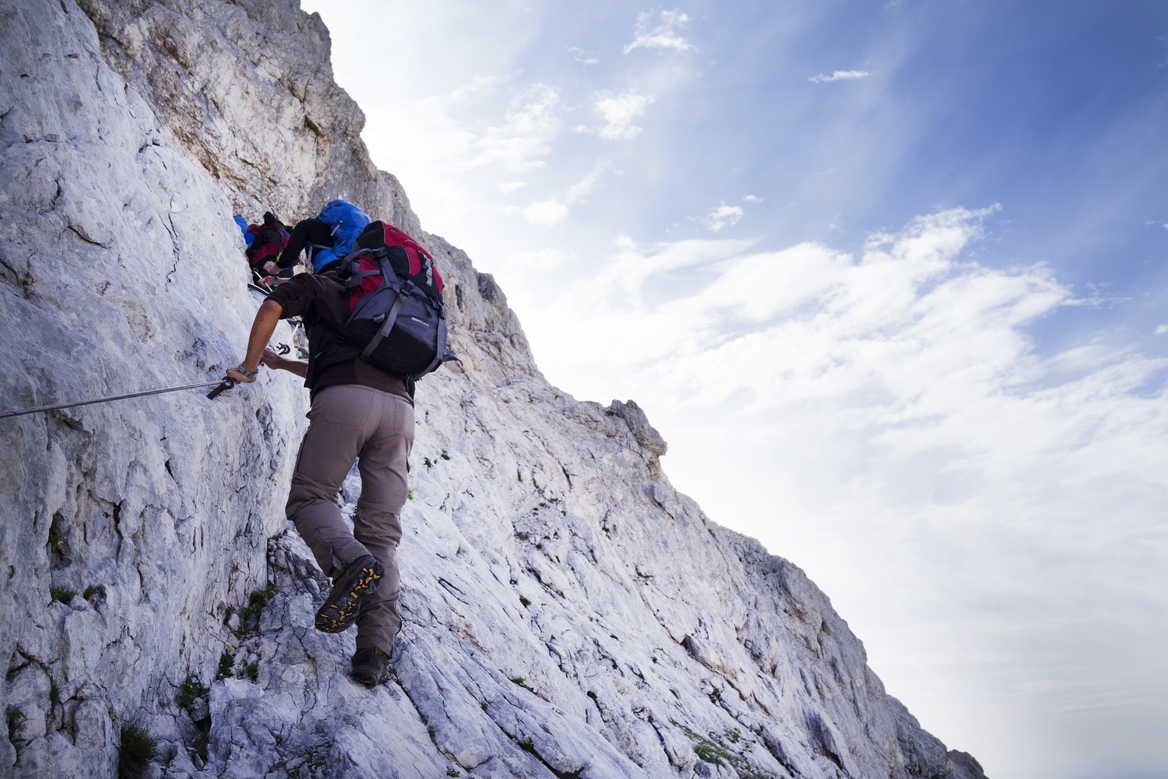 Rock climbing in Slovenia
Rock climbing in Slovenia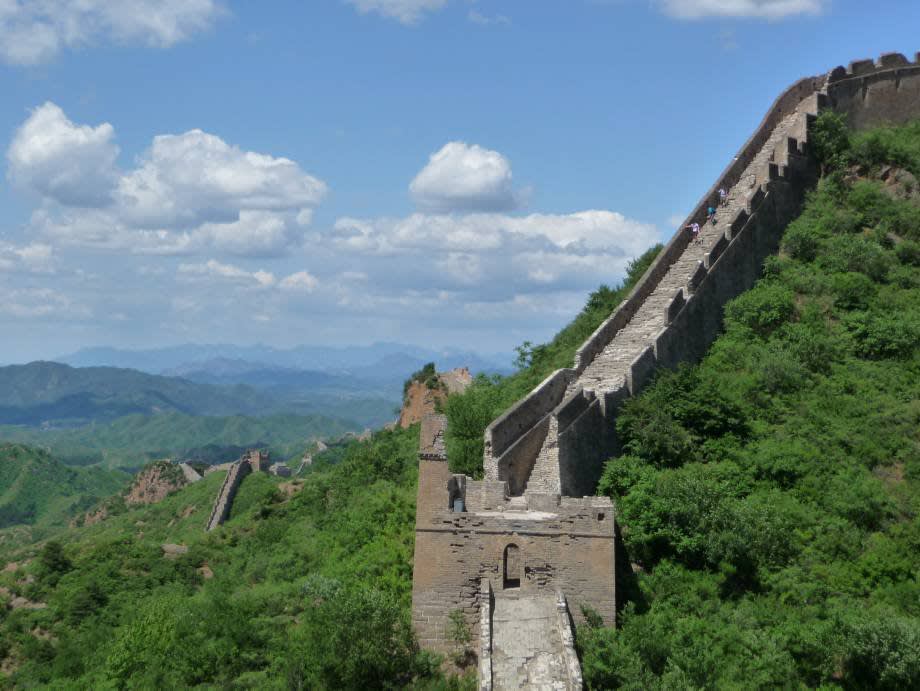
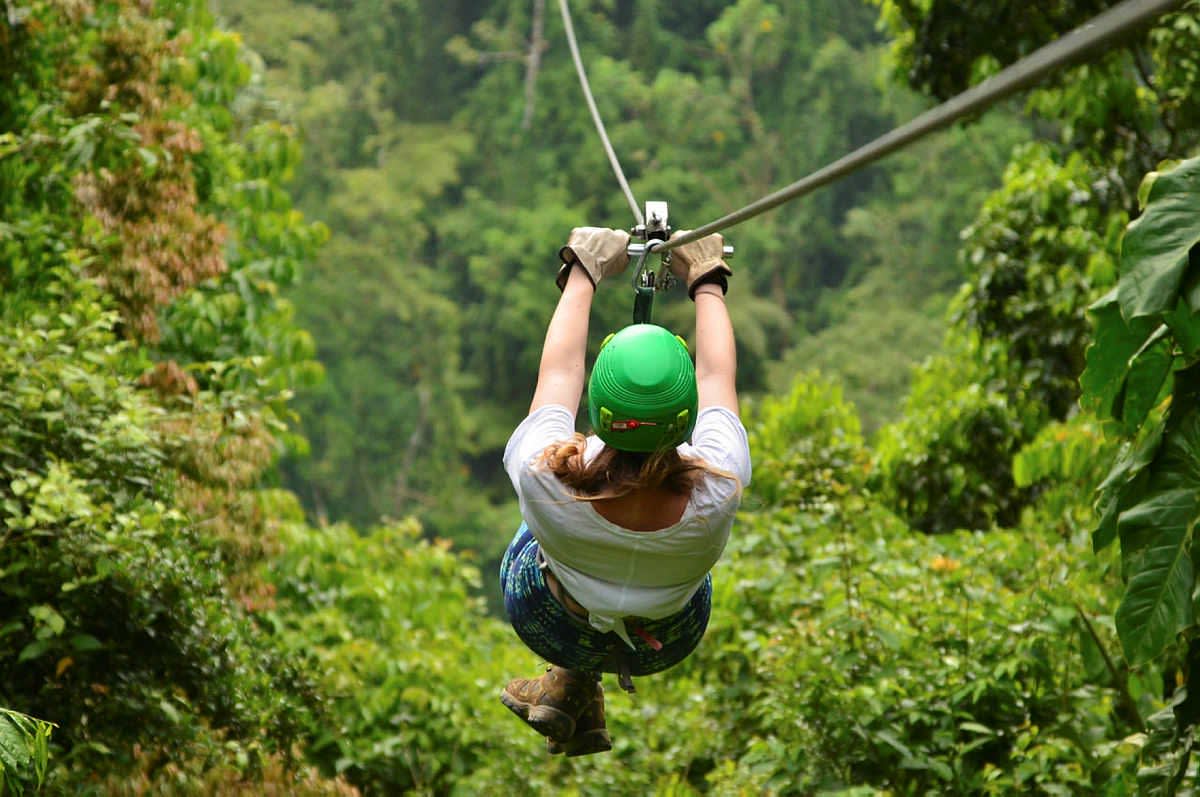 Ziplining in Costa Rica
Ziplining in Costa Rica